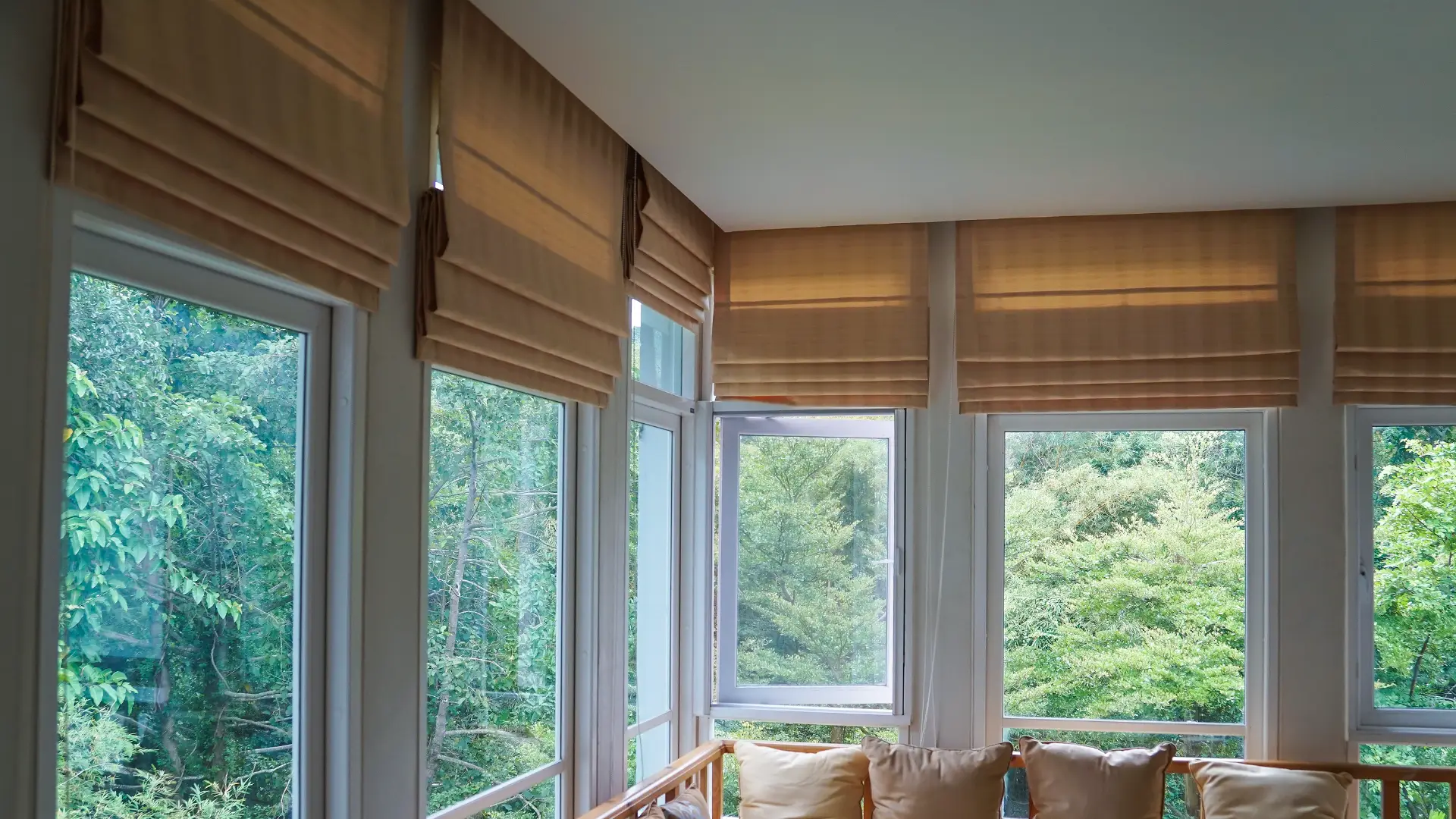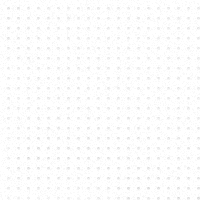Custom Window Shapes to Add to Your Home's Aesthetics


A standard rectangle shape isn't your only window option. If you're ready to renovate, take a look at custom shapes that can turn your home's interior and exterior from so-so to spectacular.
Full Circle Windows
How can you use a circle-shaped window to beautify your home's exterior? An array of options are available for custom shoppers. These include (but aren't limited to):
- Full glass circle. Forget about the woodwork and intricate lattices of other custom designs. A full circle-shaped pane of glass provides a fresh, contemporary look that lets plenty of light shine through without obstruction.
- Stained glass circle. If your home isn't a modern or minimalist design, a stained glass circle can add an elegant sense of beauty. This finishing touch works well in almost any room, from ornate living rooms to decadent bathroom designs.
- Glass with a grille. A grille can create an ornate look, without the addition of colorful stained glass. A grid or muntin breaks up the single piece of glass and creates a decorative effect. Choose something simple or go for a lattice-like alternative.
If a full circle shape doesn't match your home's design aesthetic, you still have other custom options.
Half Circle Windows
These windows are arched designs with a semi- or half-circle shape. Like full circles, the half-shaped version comes in full pane glass, stained glass, and grilled styles. While you can place these custom options almost anywhere in your home, they often look best:
- Over doors. As a transom, this arched window adds extra light to the entry area and creates architectural interest.
- Over other windows. Combine two window shape designs into one interior/exterior accent. Like a door transom, this option also allows extra light in and adds architectural value.
- In stairways. An arched window can accent the top of a stairway or a transition (in between a bend in the stairway).
- In the bathroom. A higher placement floods the bathroom with natural light. This creates a tranquil, spa-like space, without sacrificing the privacy this room requires.
While these are popular picks for arched window designs, you can use this option in any room of the home as well as in outdoor sheds or garage spaces.
Octagon Windows
Do you want a window design that features an intricate style or a step away from a simple circle shape? An octagon offers elegant beauty and:
- Makes a statement. This window is a spotlight features that draws the eye in both interior and exterior spaces. If you want to make a design statement, this is an accent option to choose.
- Creates a modern space. The highly geometric shape of the octagon window adds to a contemporary or modern aesthetic.
- Adds extra light. A hallway, stairway, or entryway placement allows this interesting option to add extra light to an otherwise dark area.
Even though an octagon-shaped window wows with its architectural appeal, it isn't an option to overuse. Unlike traditional rectangle-shaped windows, multiple octagons may overcrowd your home's exterior aesthetic. Keep the design simple and use this window as an accent piece.
Eyebrow Windows
As the name implies, these windows have a distinctly eyebrow-like shape. The gentle rise and fall of the curved wave-style window is an ideal option for:
- Attics. The shape of this window compliments an attic space and adds extra light. Unlike vented windows and other attic options, this keeps the pests and elements out and the heat/cool air in.
- Bathrooms. The sweeping slopes of an eyebrow window can help to create a tranquil space to bathe in.
- Bedrooms. Open up your bedroom, add light, and create visual interest with a wave-like shape.
Not only do eyebrow windows compliment your home's interior, but they also add to exterior aesthetic as well. Like octagons, limit the use of eyebrows to accent placements and avoid a home filled with these shapes.
Do you need new windows? Contact MidSouth Exteriors for more information.
